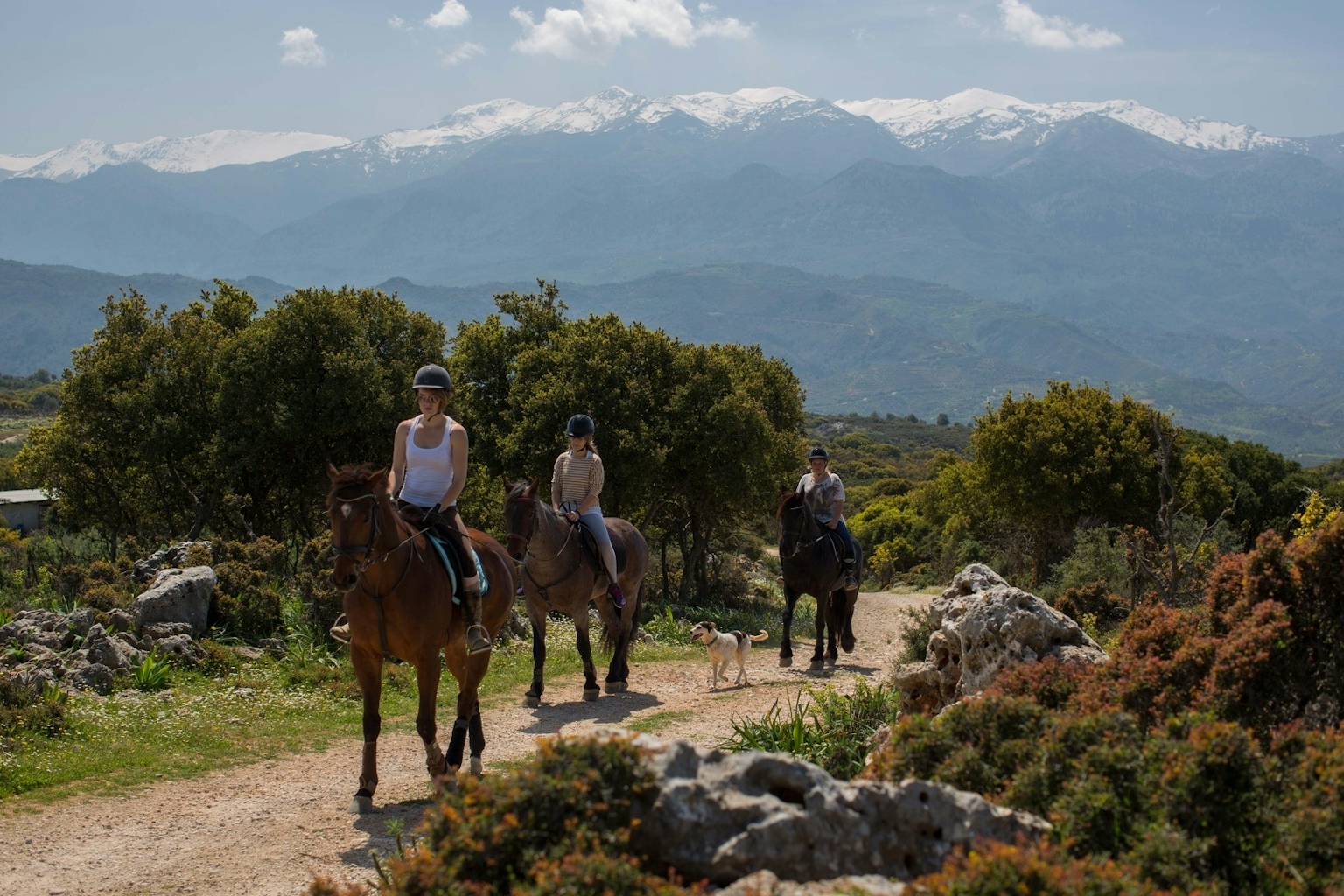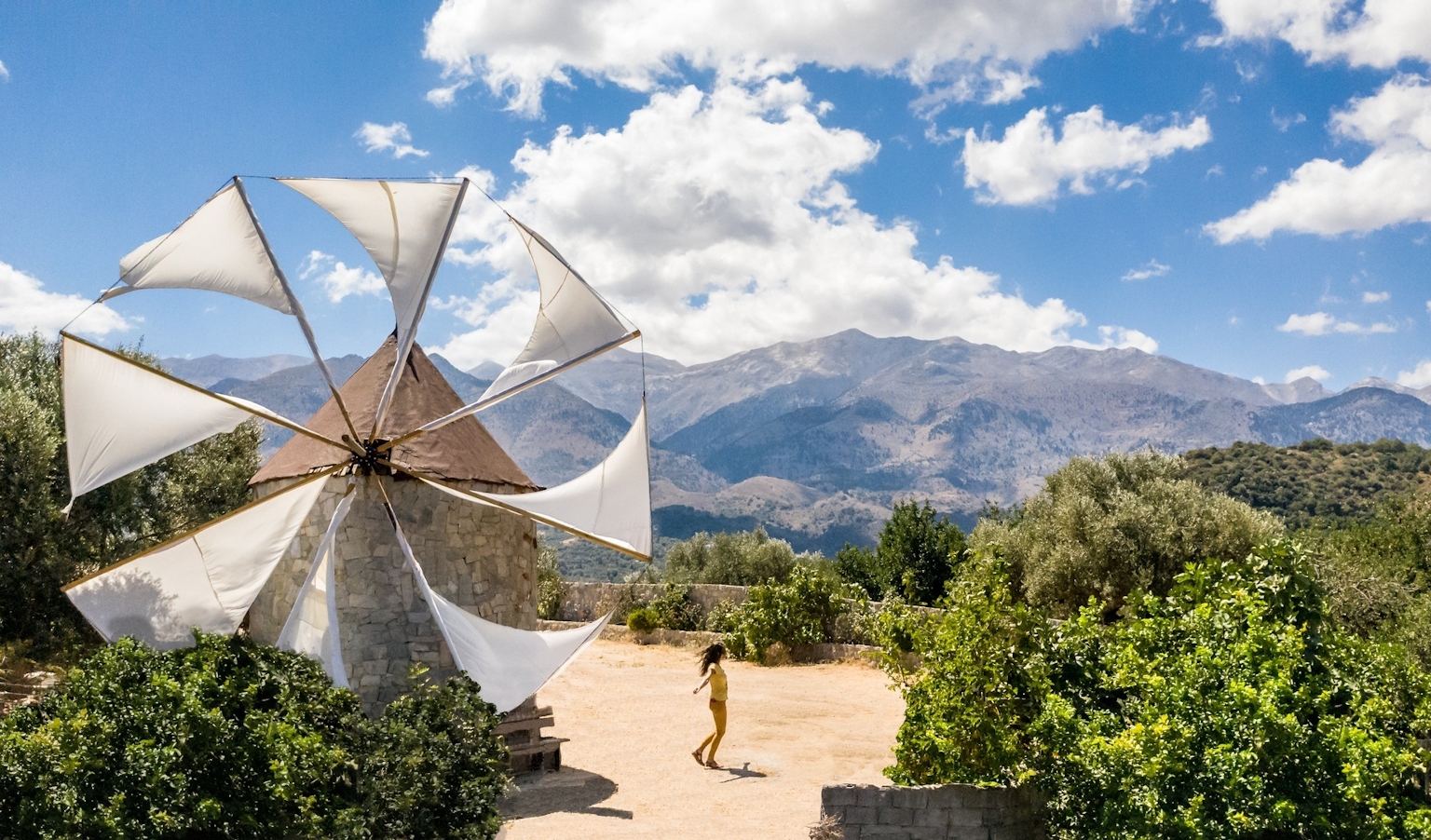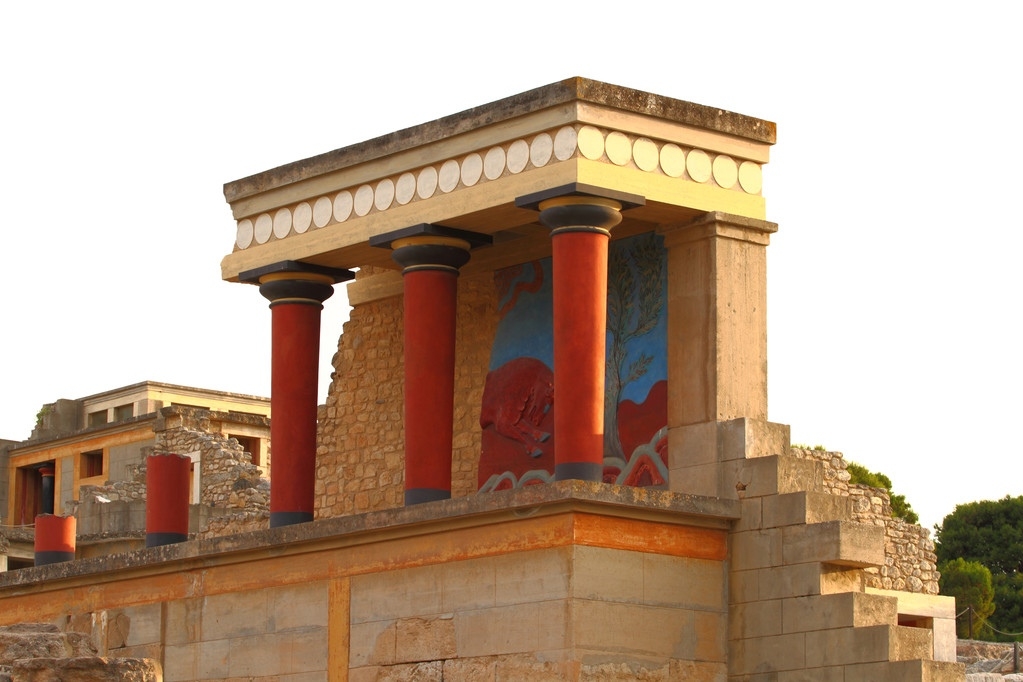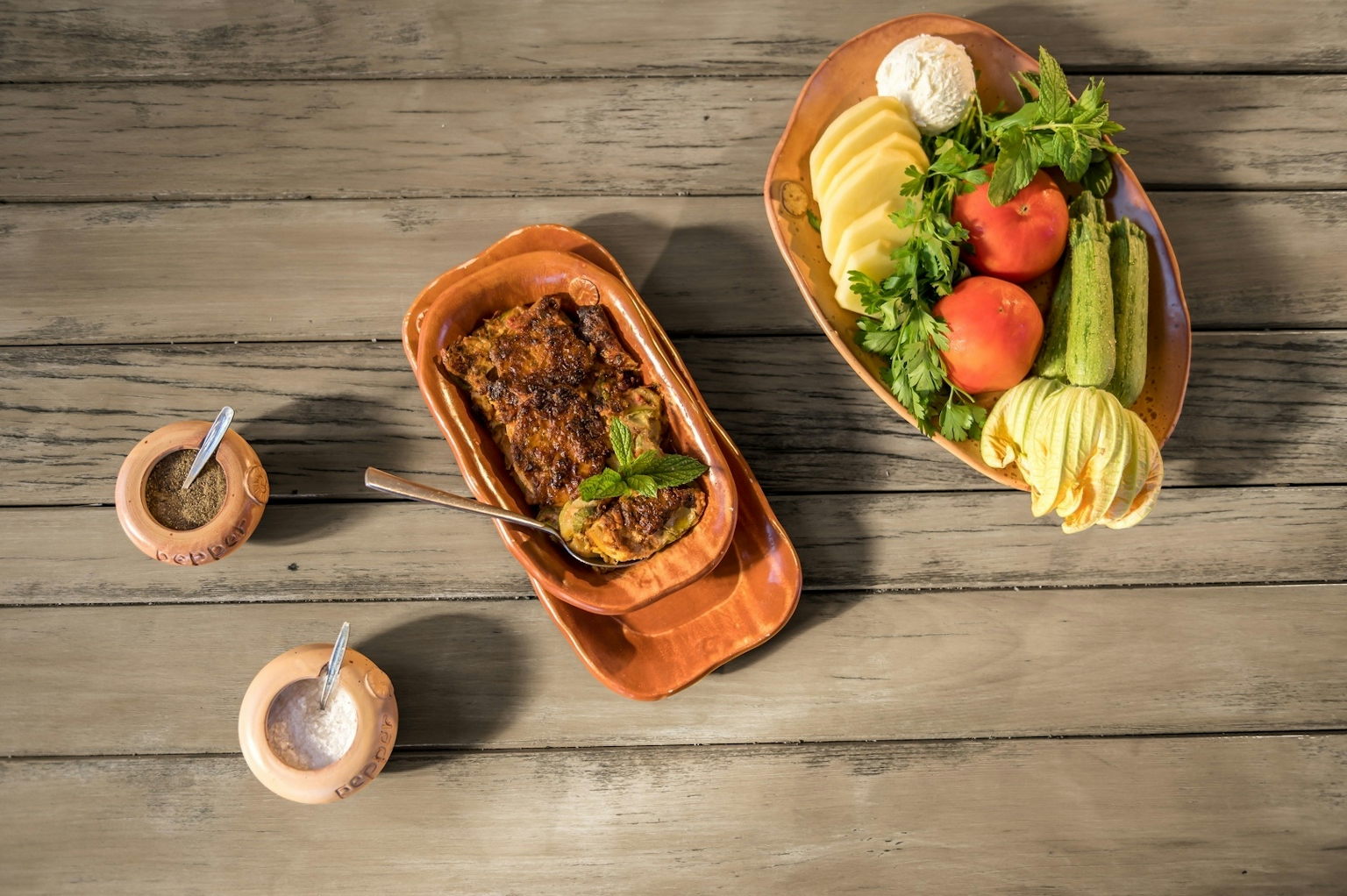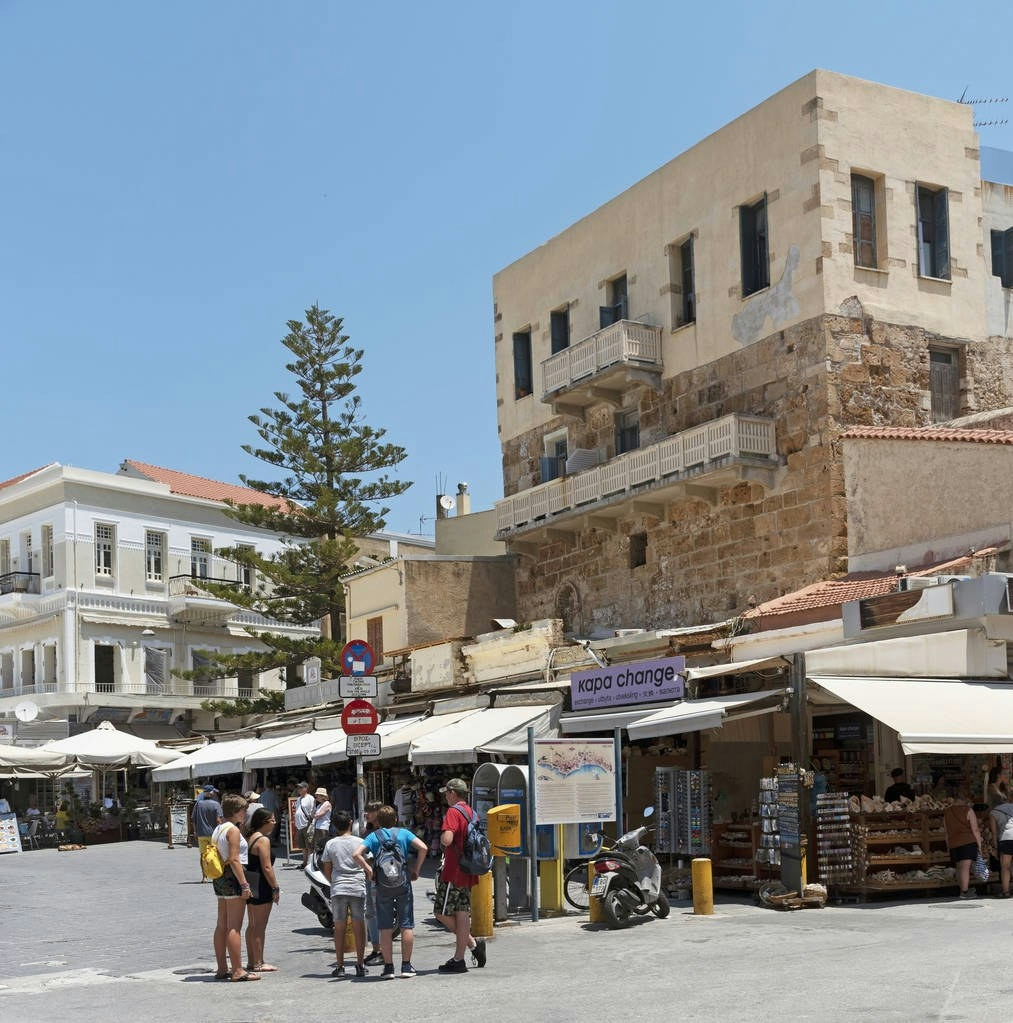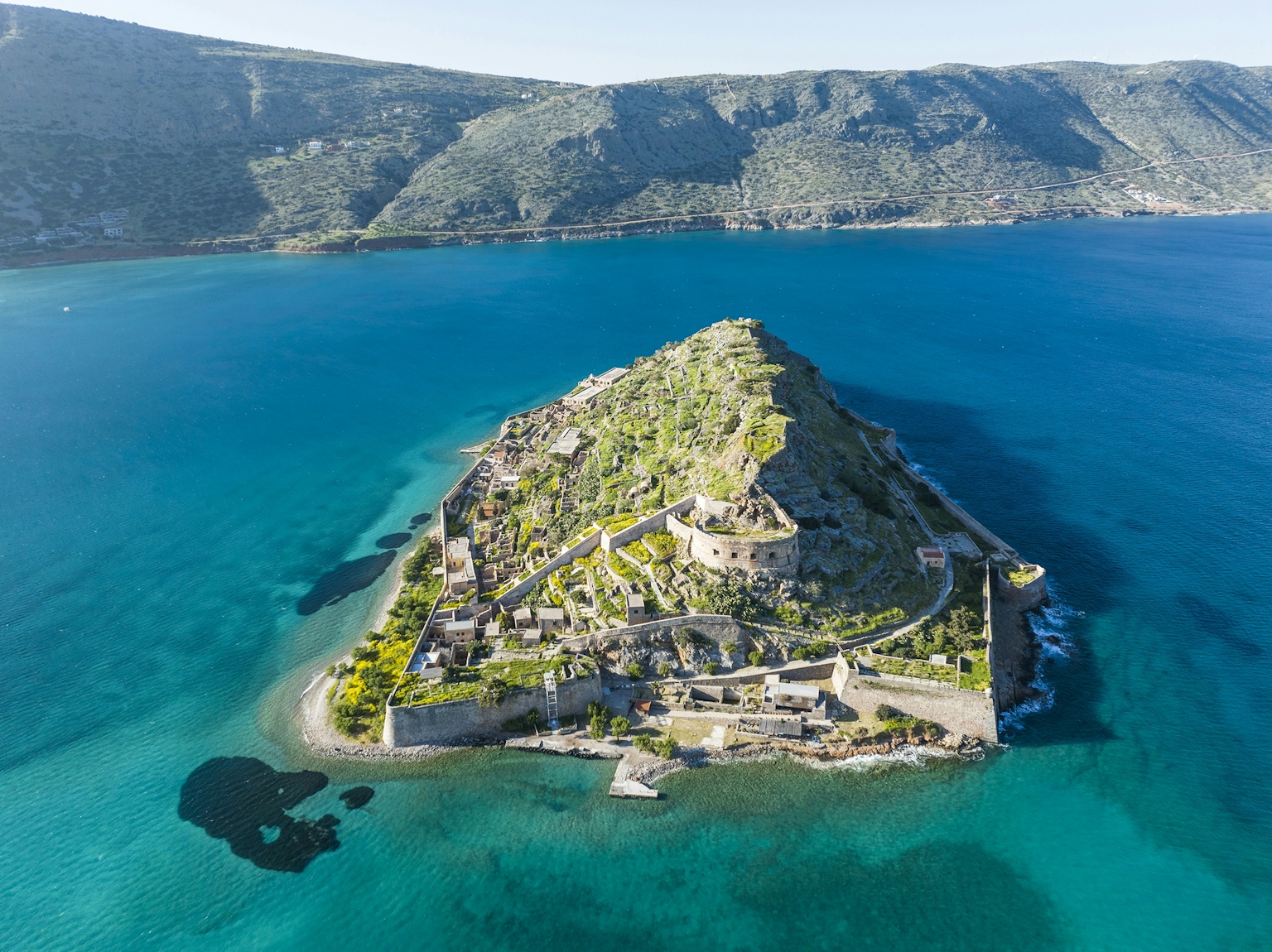Carob Tree (Ceratonia Siliqua)
In the past, Cretans used to consume carob as a dessert.

The carob tree (Ceratonia siliqua) is one of the prevalent tree species in Crete. In the region of Tris Ekklisies, there is also a vast natural carob forest, which ranks as one of the largest in Europe.
The carob tree is a hardy tree that thrives without the need for extensive care and can be found growing in various locations, although it is often encountered in coastal areas. The Greek word for carob tree, ‘charoupia’, derives from the shape of its fruit, which resembles a horn.
The carob tree is an evergreen tree that can attain a height of up to 18 metres. Its fruit is tough and sweet. Historically, Cretans used to enjoy it as a dessert or by preparing decoctions from it.
Carob fruits contain hard seeds or stones inside. These seeds are known for their consistent and uniform weight, and in the past, they were used as a unit of weight measurement for precious stones and other items.
Furthermore, in the past, the cultivation of carob trees for the production of animal feed was a common practice in Crete. Additionally, carob syrup, made from carob pods, is a well-known sweetener, and carob powder is used as a flour substitute in various culinary applications.
The carob tree was well-known to the ancient Greeks, who cultivated it for its fruits. Pliny, an ancient Roman author, described the sweet beans of the carob tree as food for pigs. According to Theophrastus, an ancient Greek philosopher, the Ionians referred to the tree as ‘keronia’, while the fruit was also known as the Egyptian fig. Theophrastus accurately described how the fruits emerge from the trunk of the tree, as flowers consistently grow either in the leaf axils or directly from the older branches.
The carob tree holds cultural and historical significance in various regions: it's mentioned in the parable of the Prodigal Son, was consumed in Ancient Egypt and used as a sweetener for a dessert known as ‘nentzem’. In Israel, carobs were traditionally eaten during the Jewish holiday of Bisvat, while Muslims enjoyed carob juice during Ramadan. Modern-day Egyptians snack on carob and use its pods to make a refreshing drink. Carob is also a key ingredient in liqueurs produced in Turkey, Malta, Portugal, and Sicily, and carob syrup finds its way into beverages in Libya and Peru.
Photo: By info.jefmilano.com Via create.vista.com
The flora of Crete
